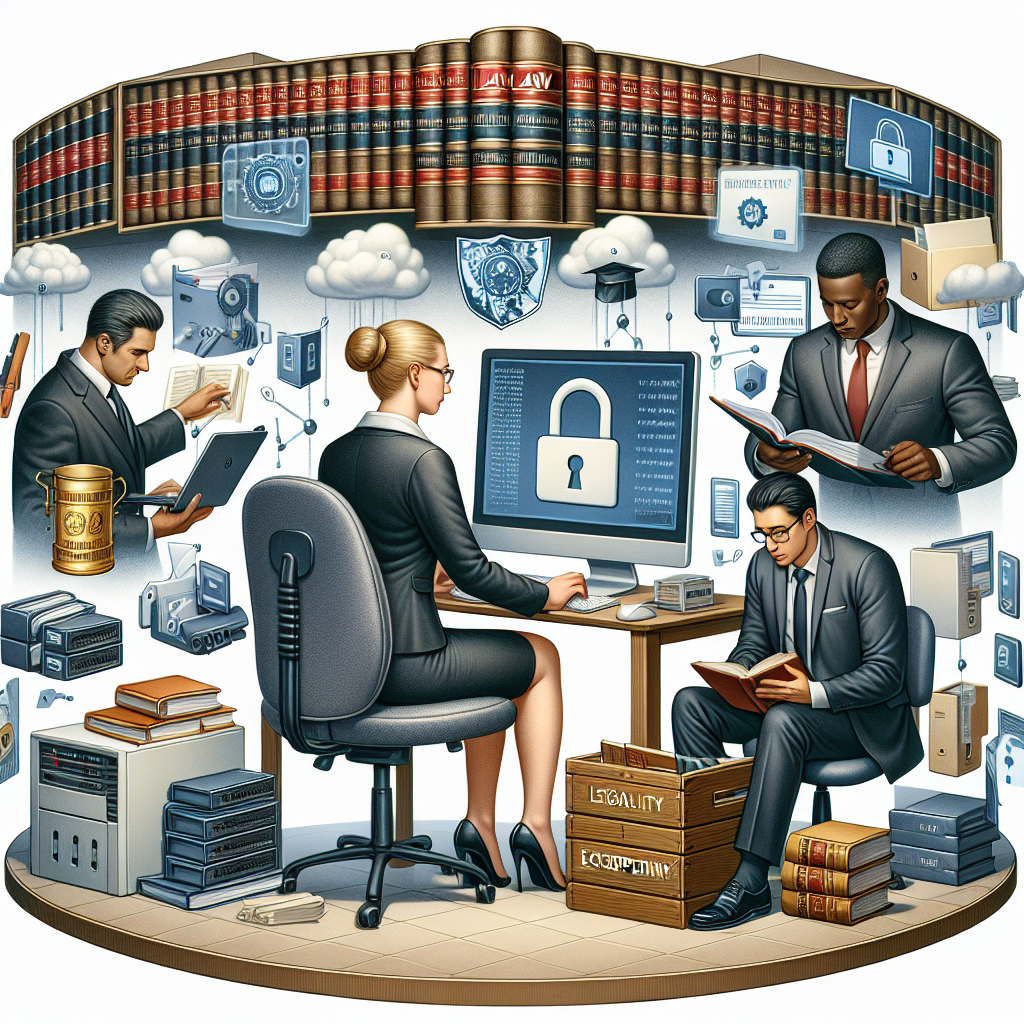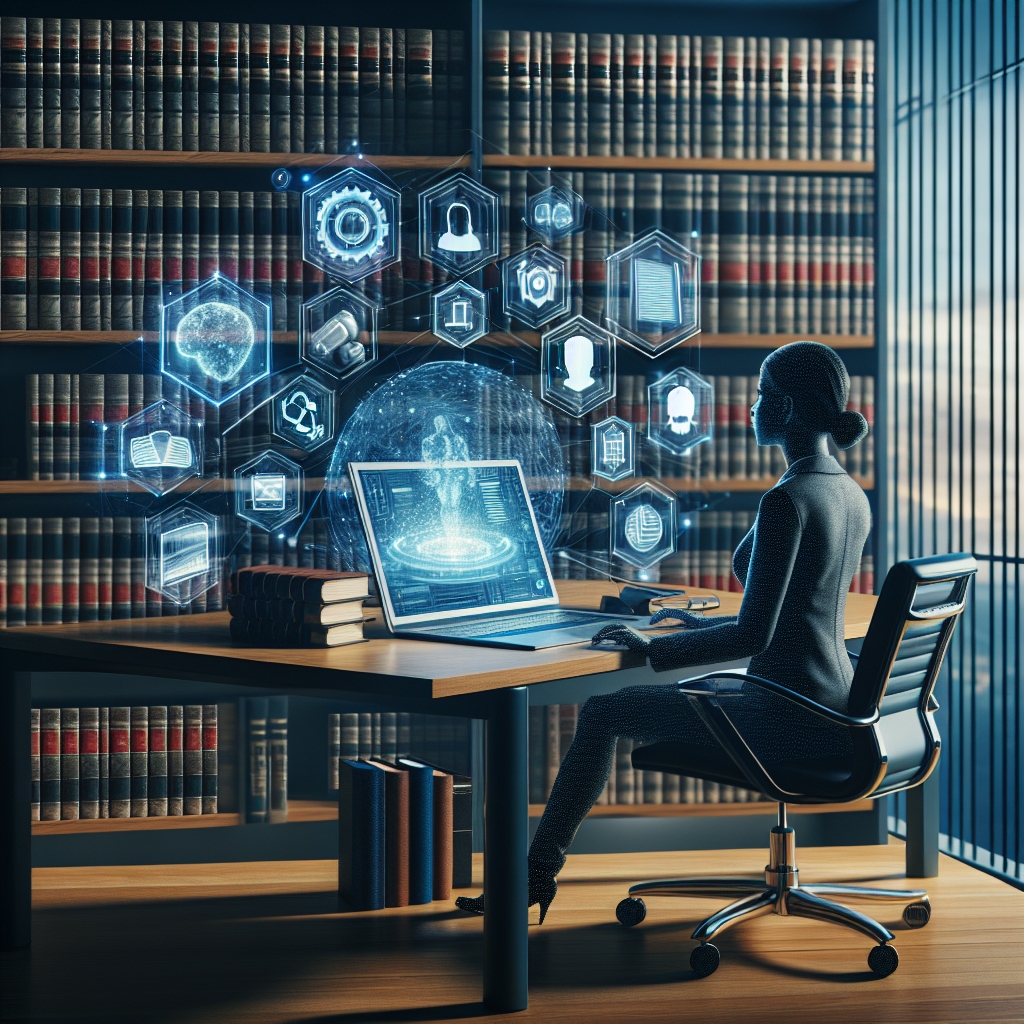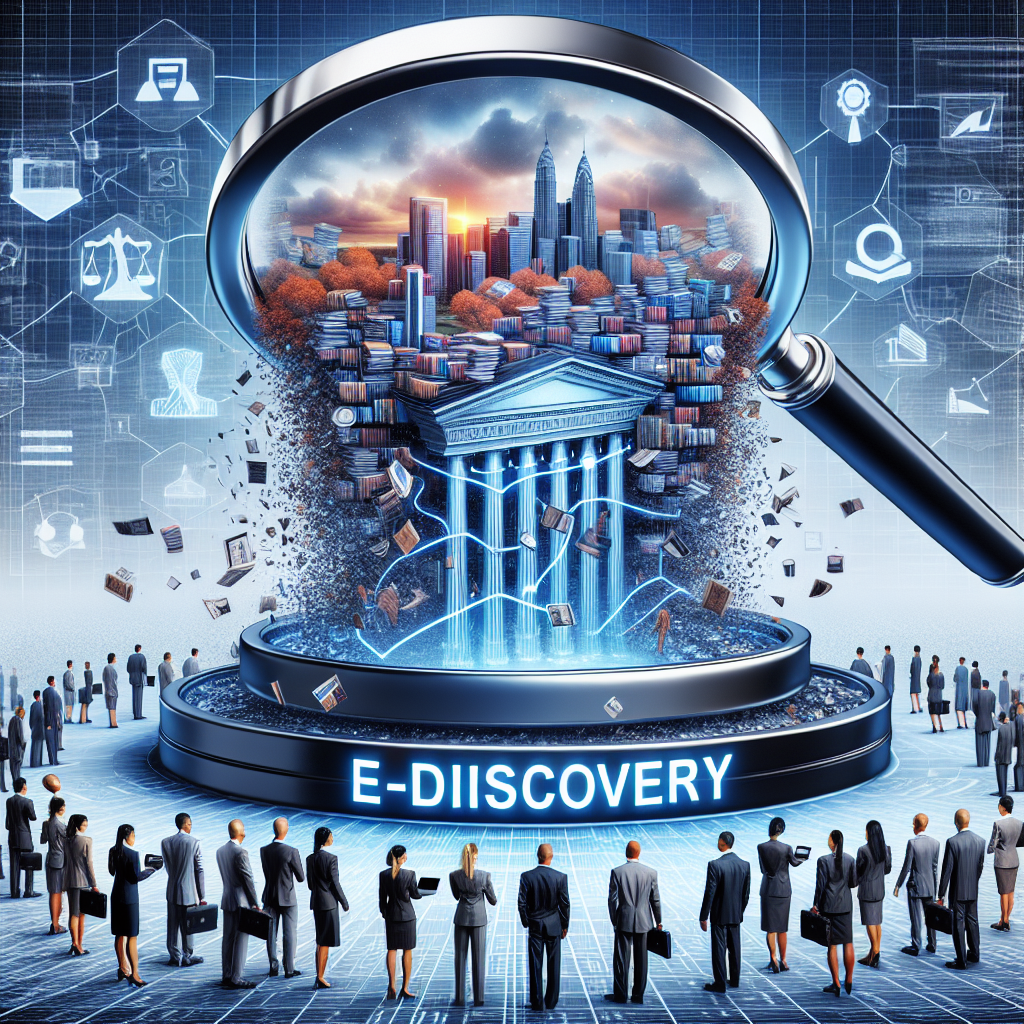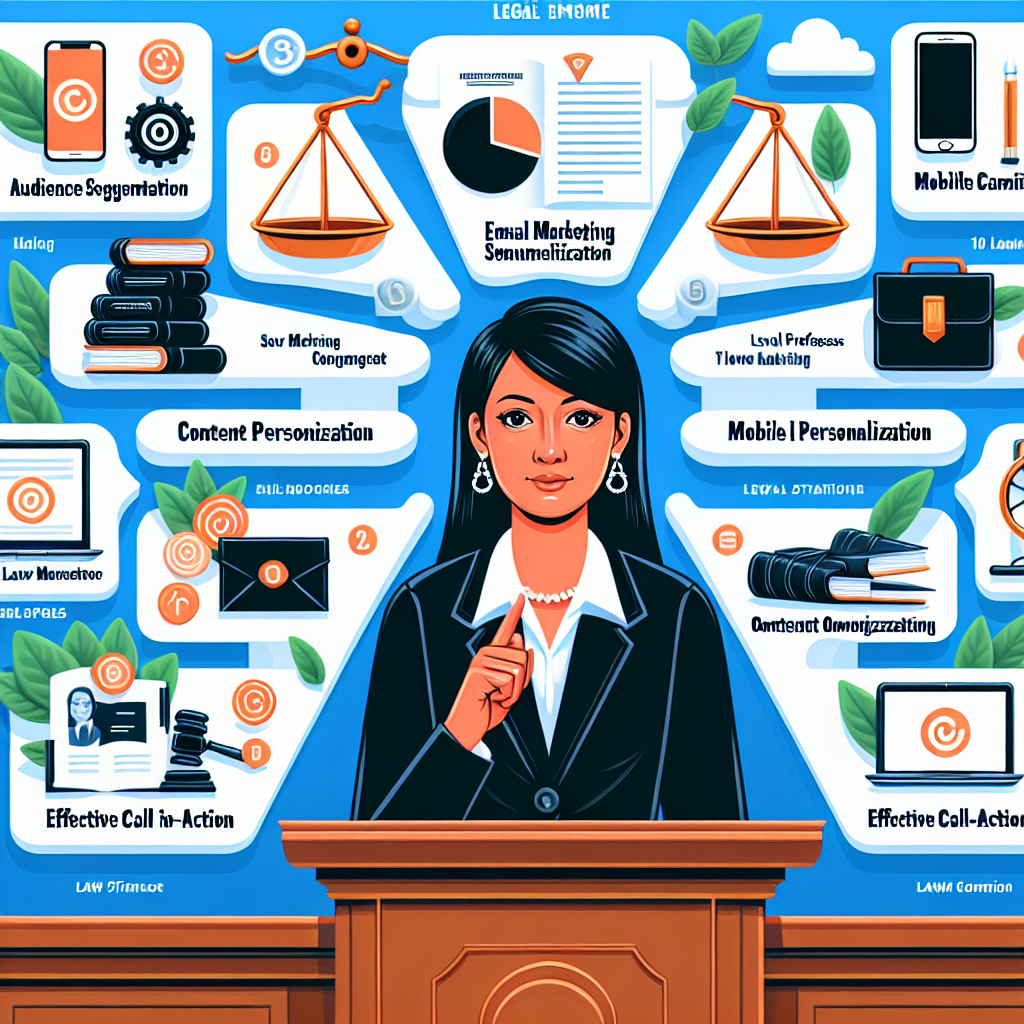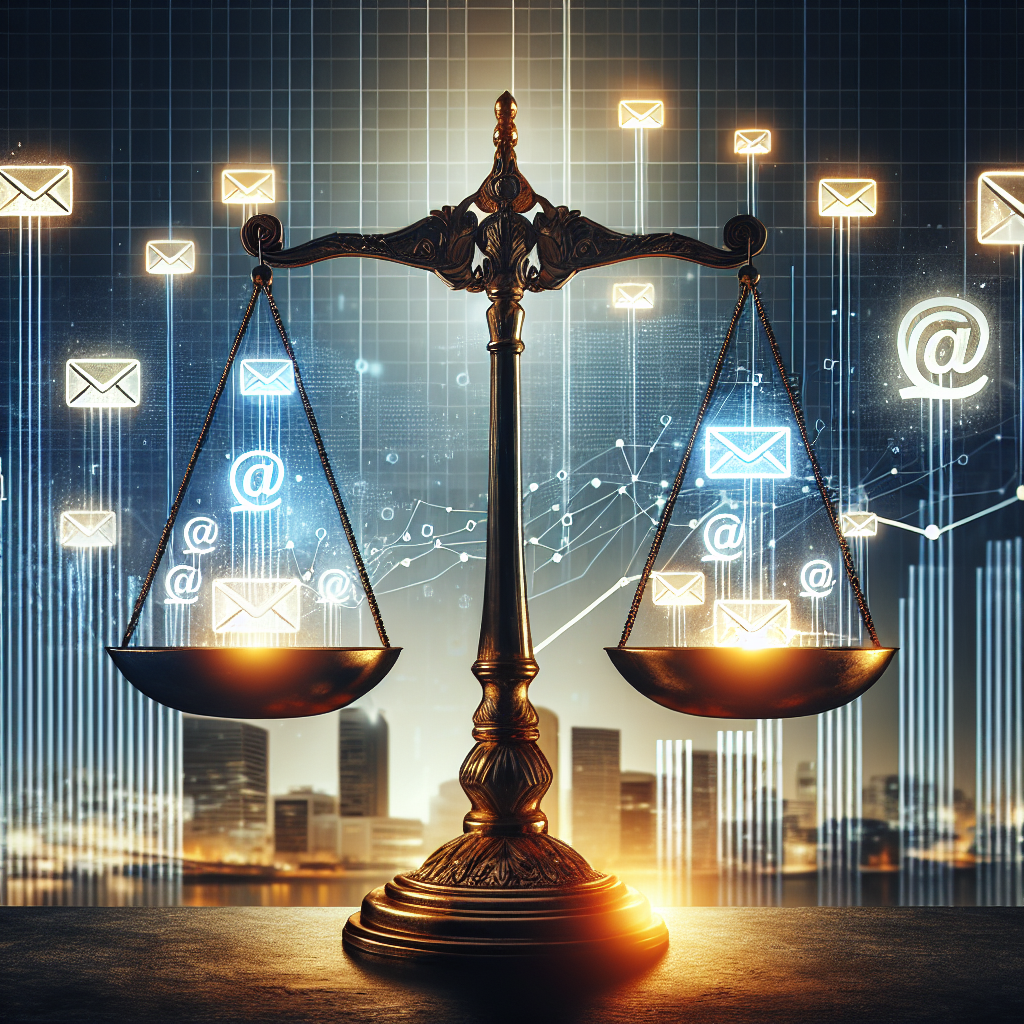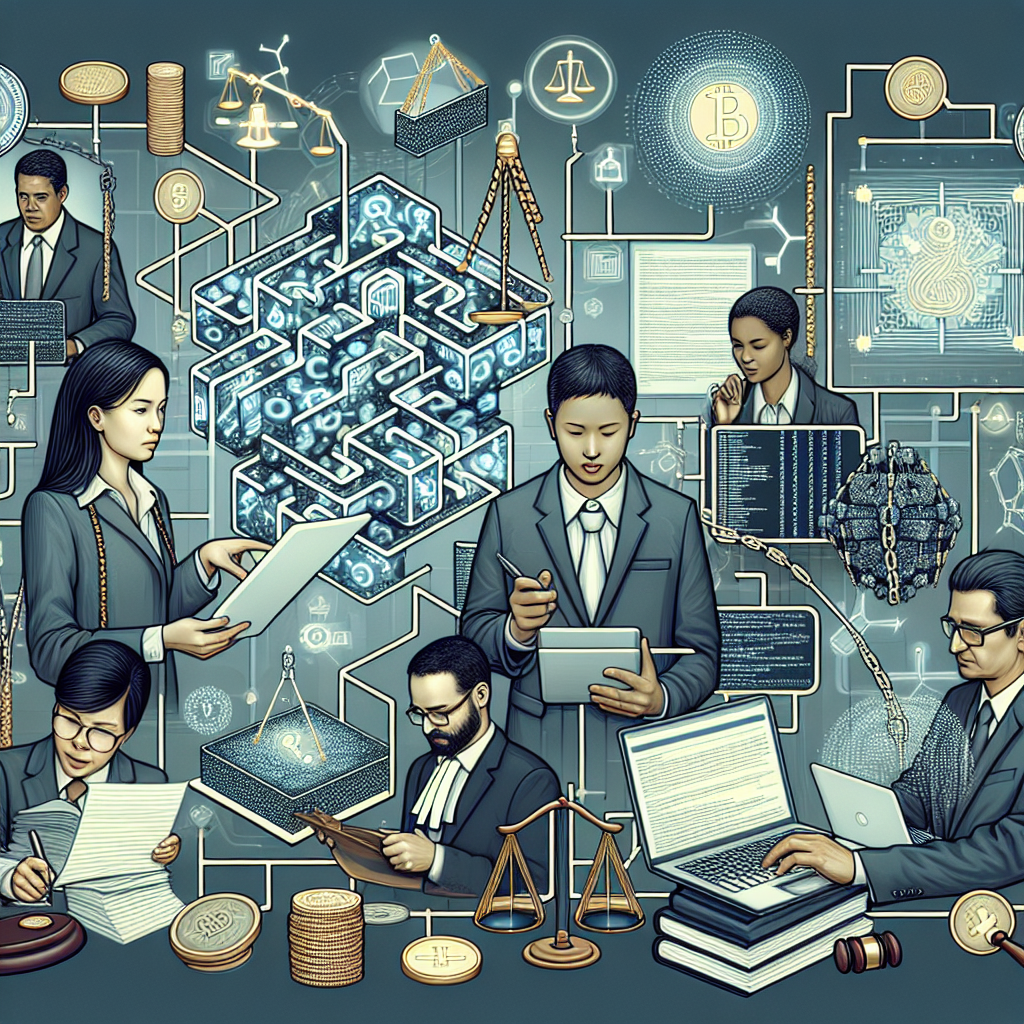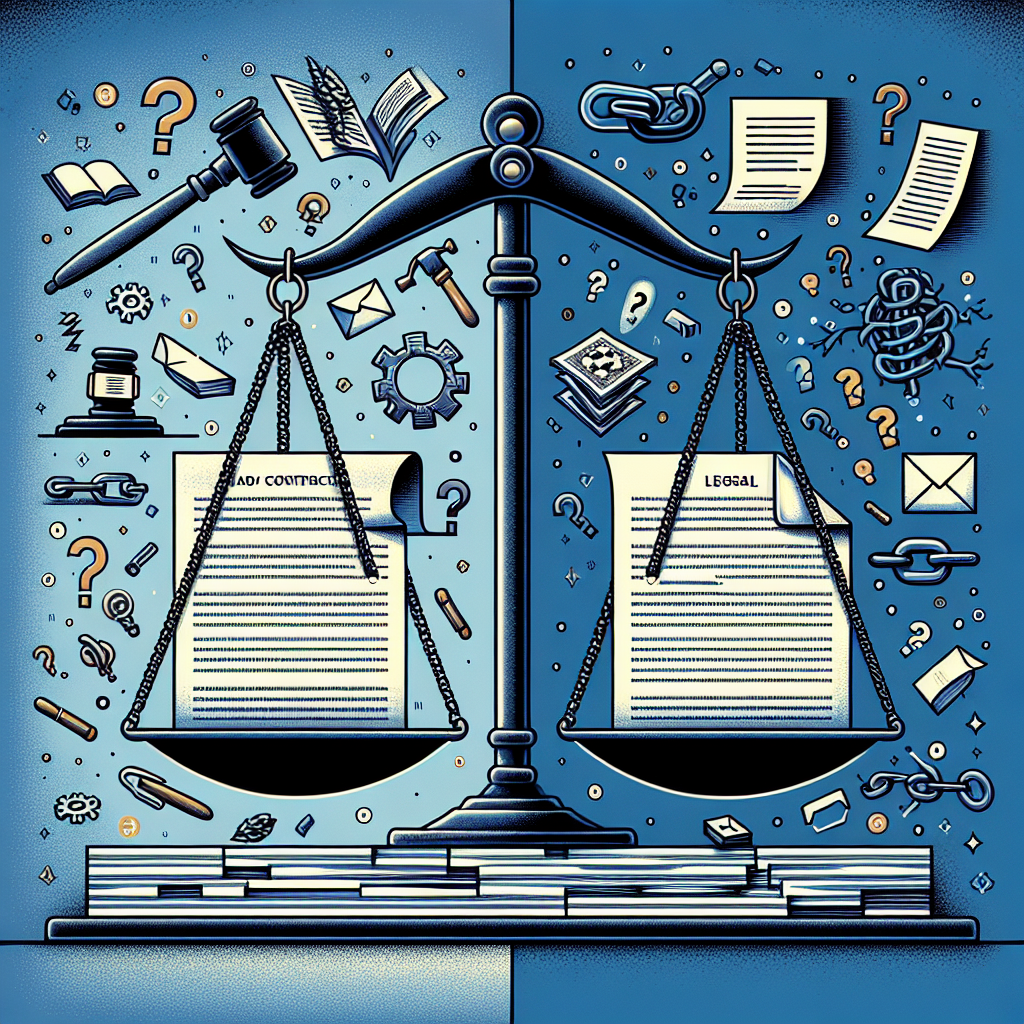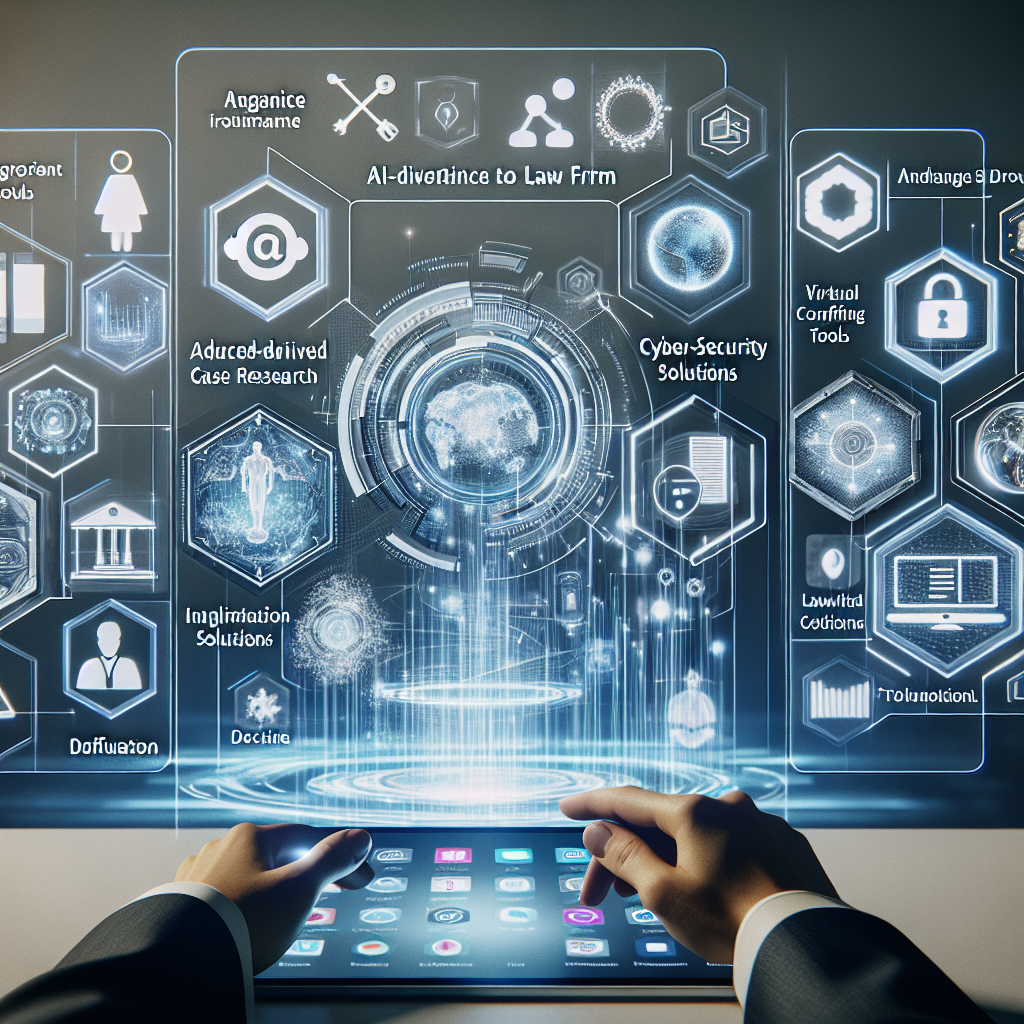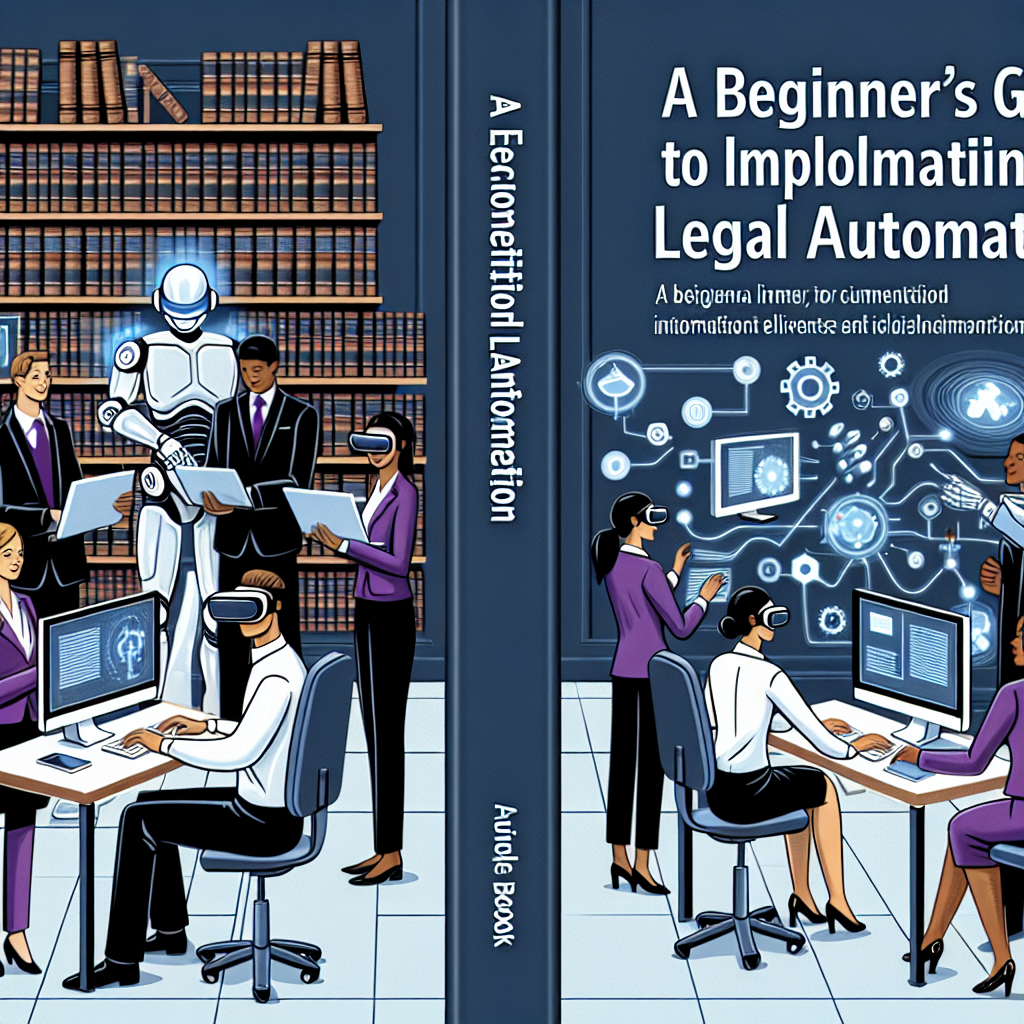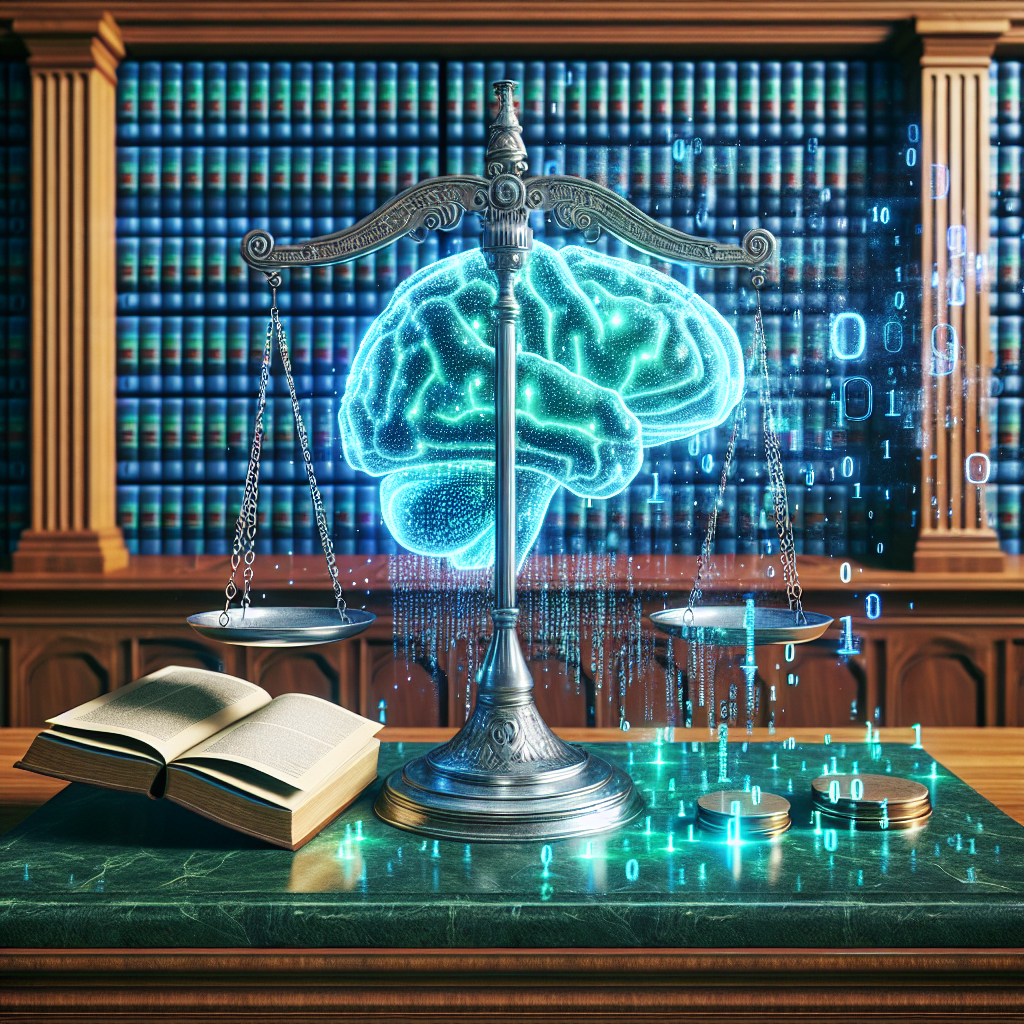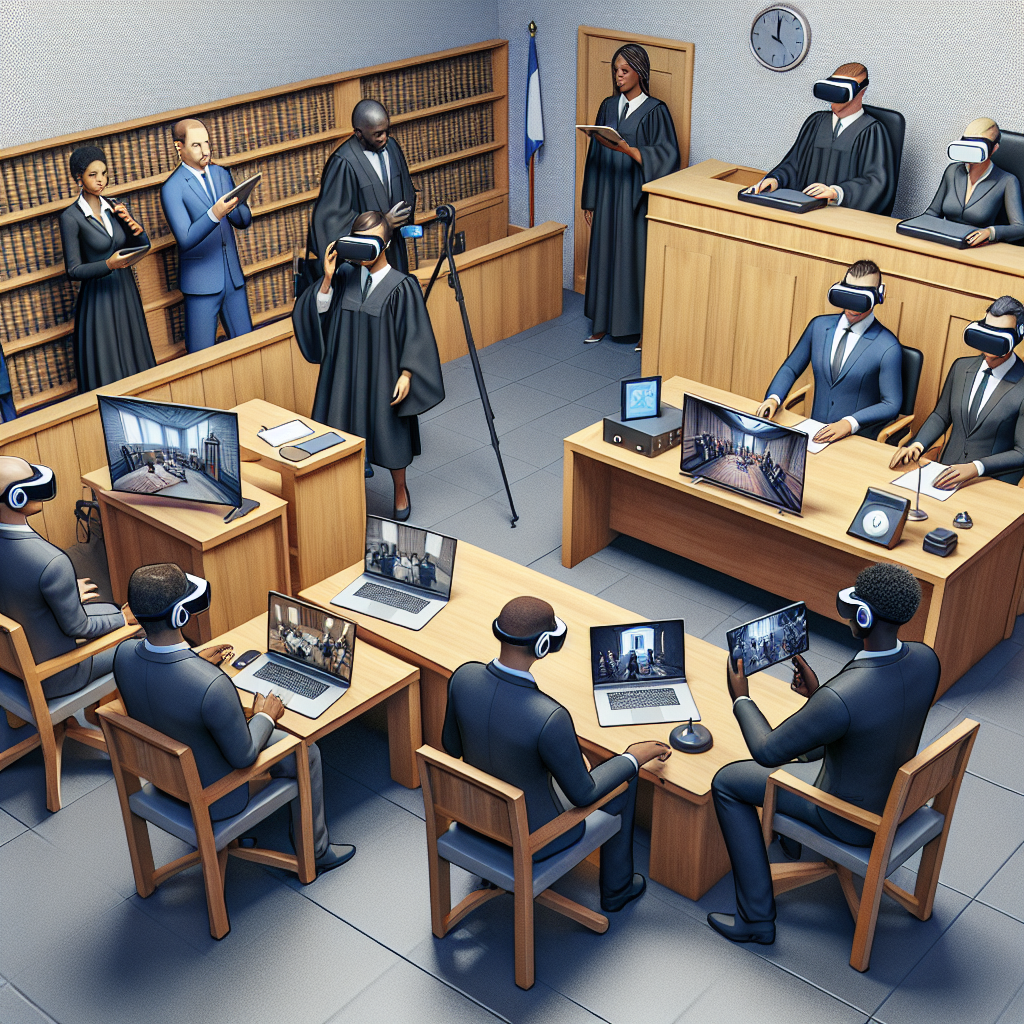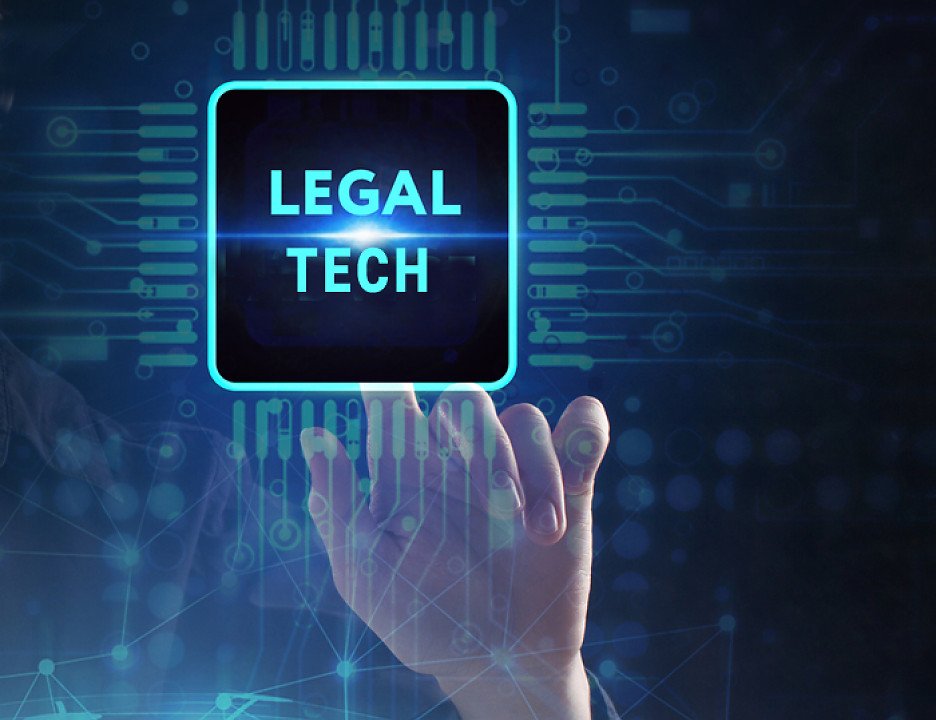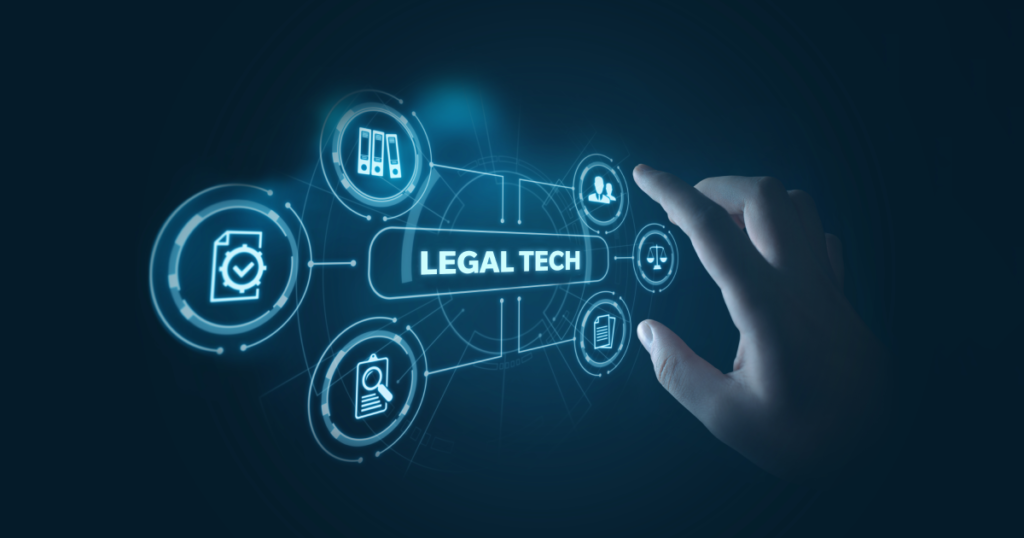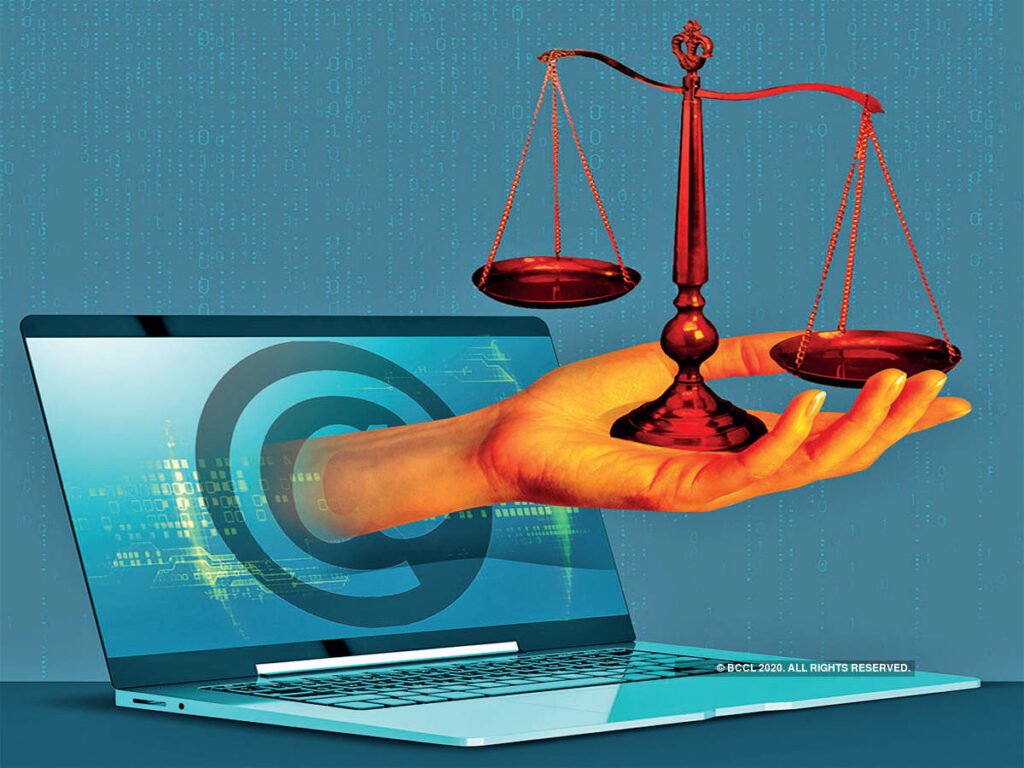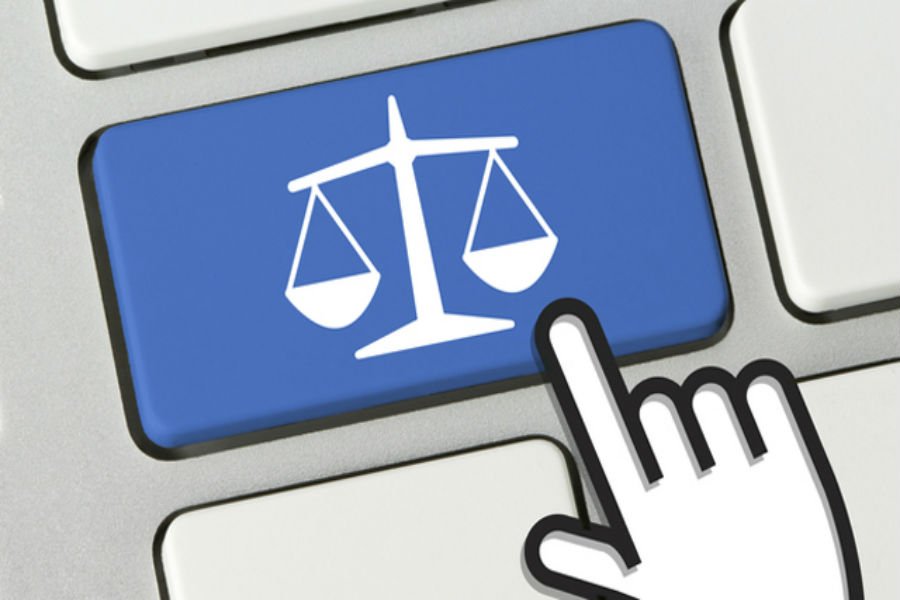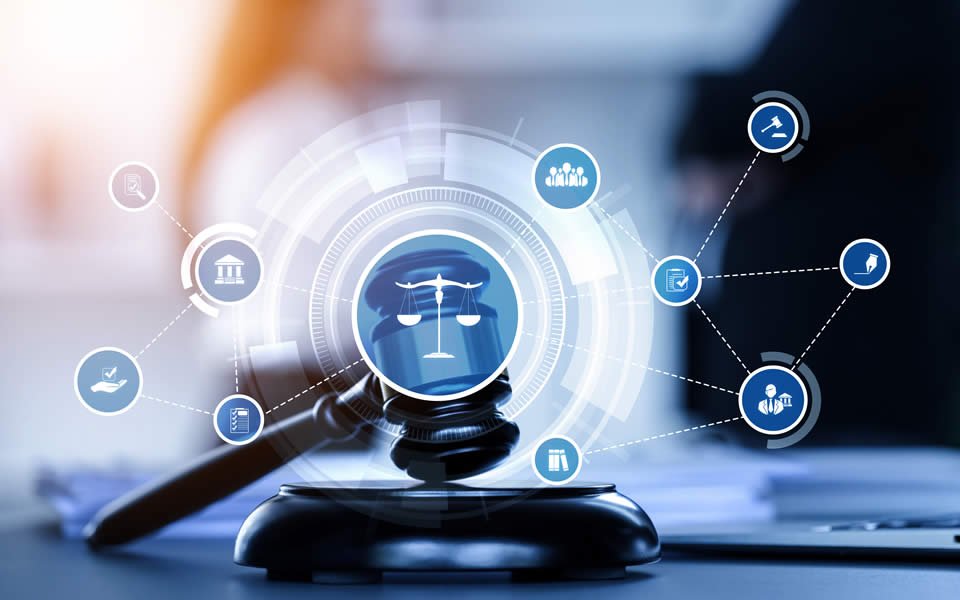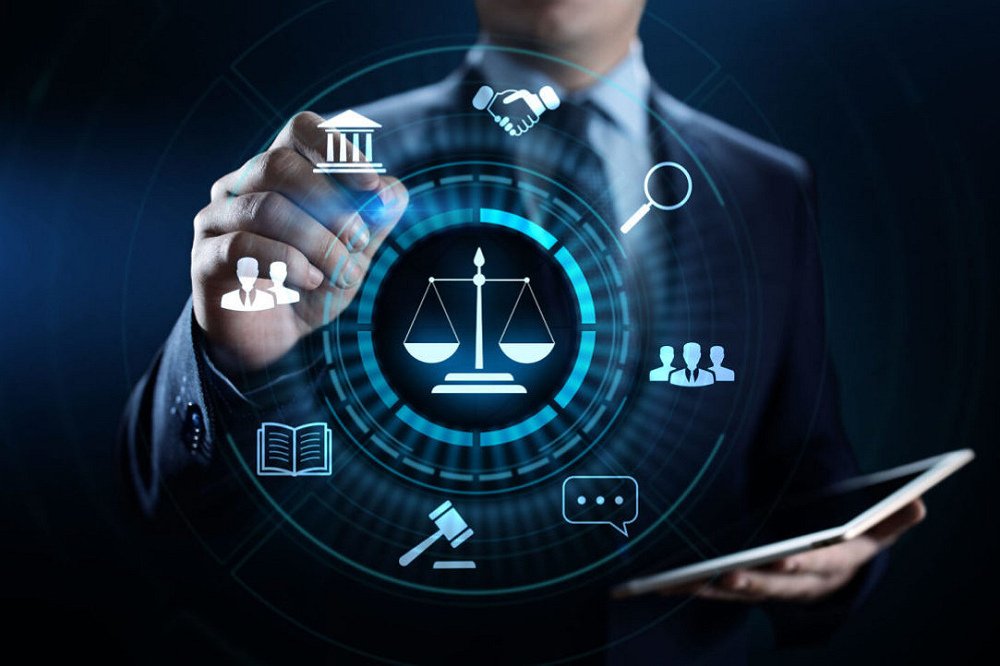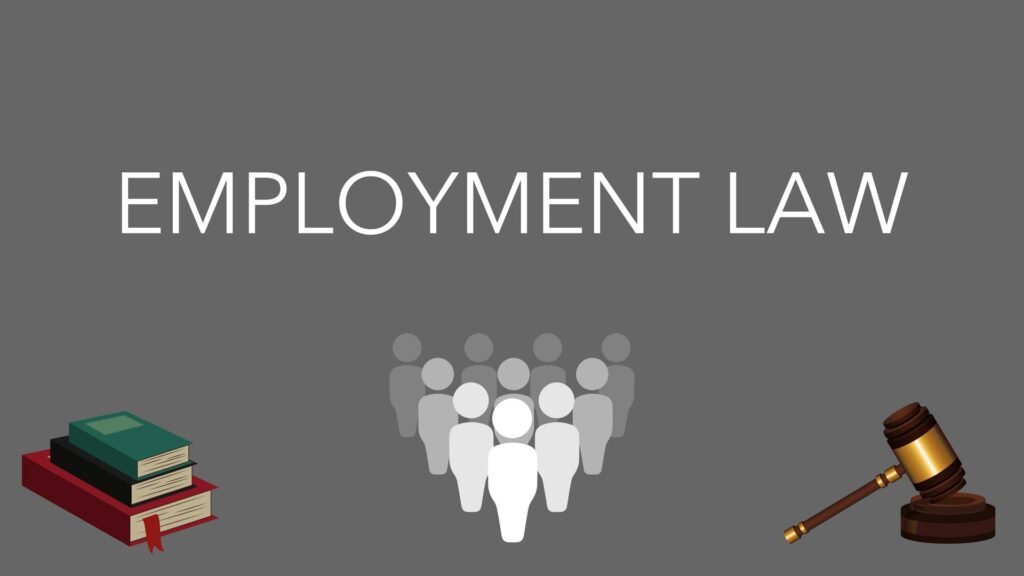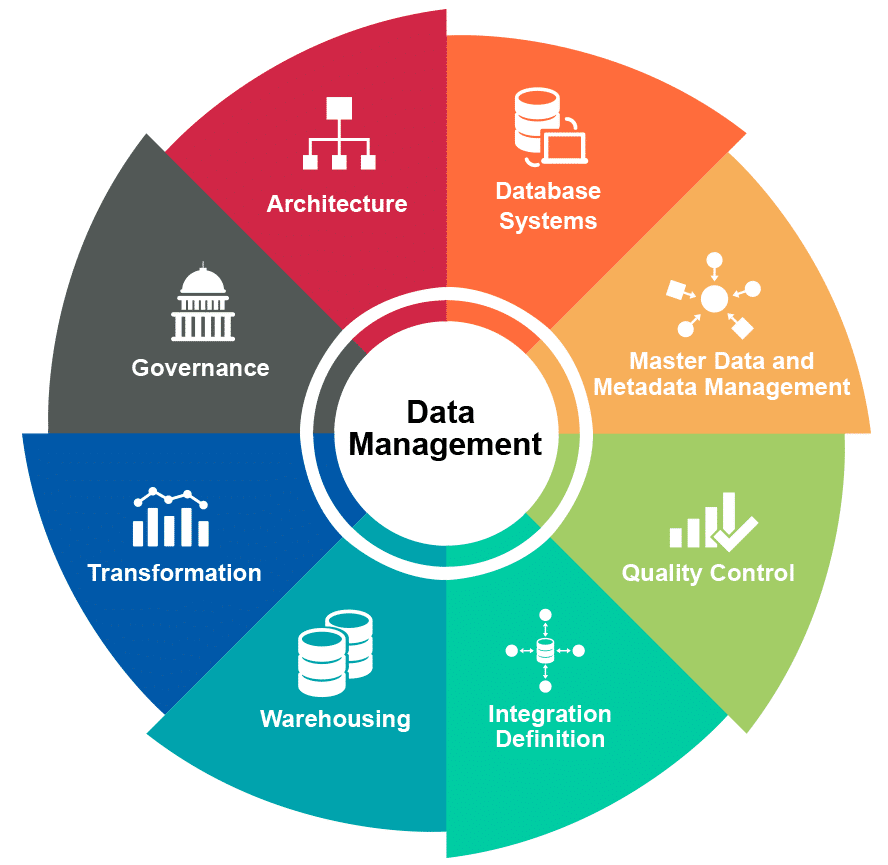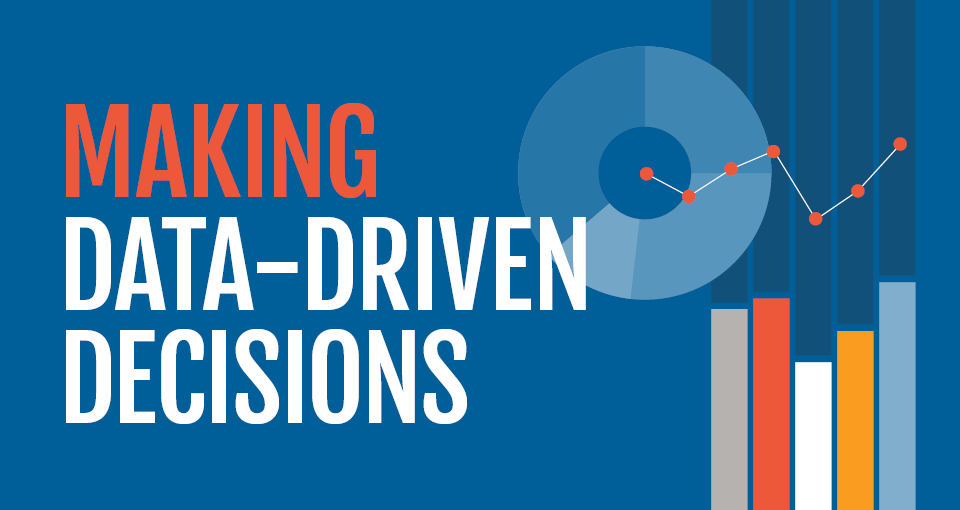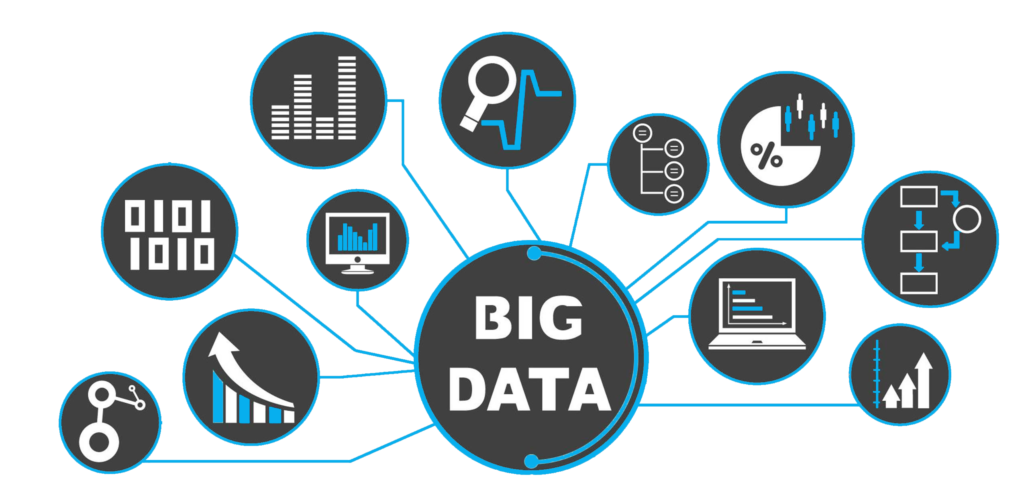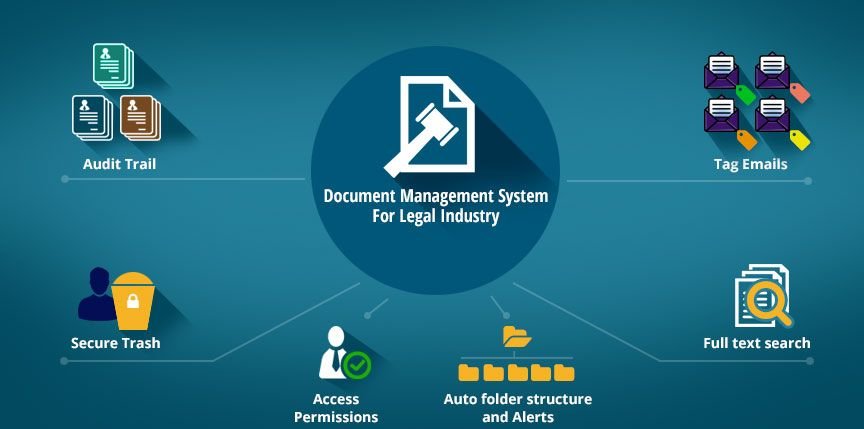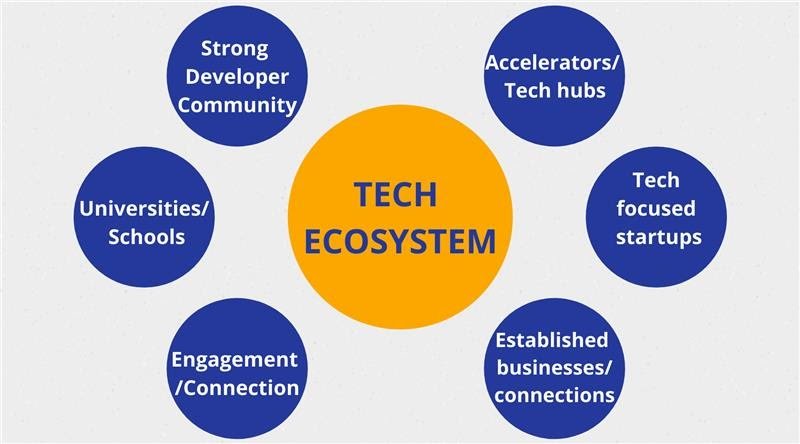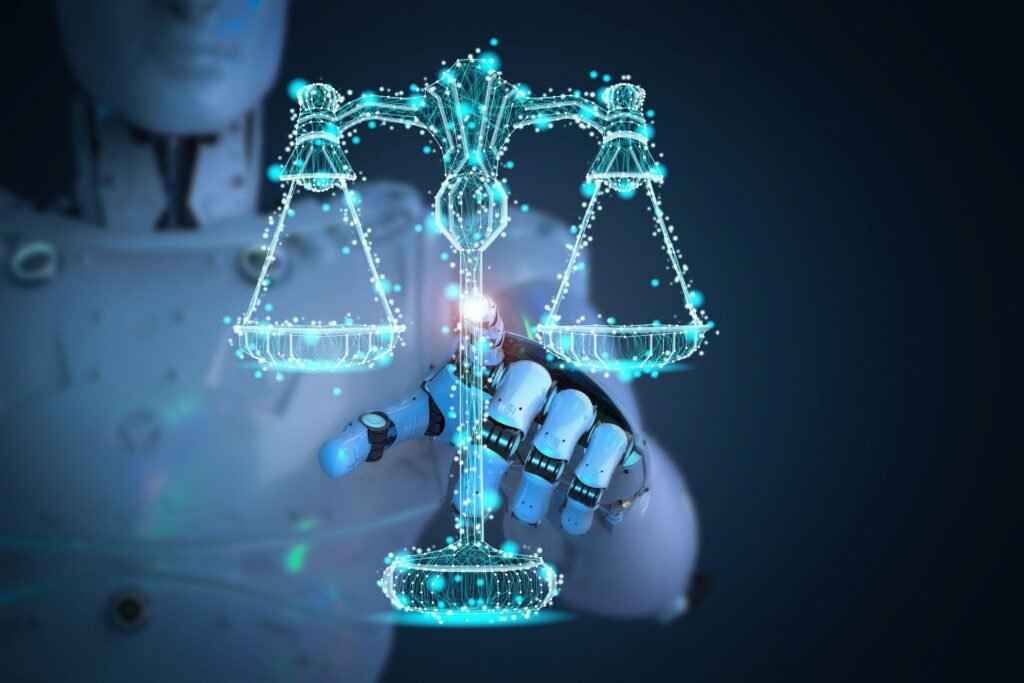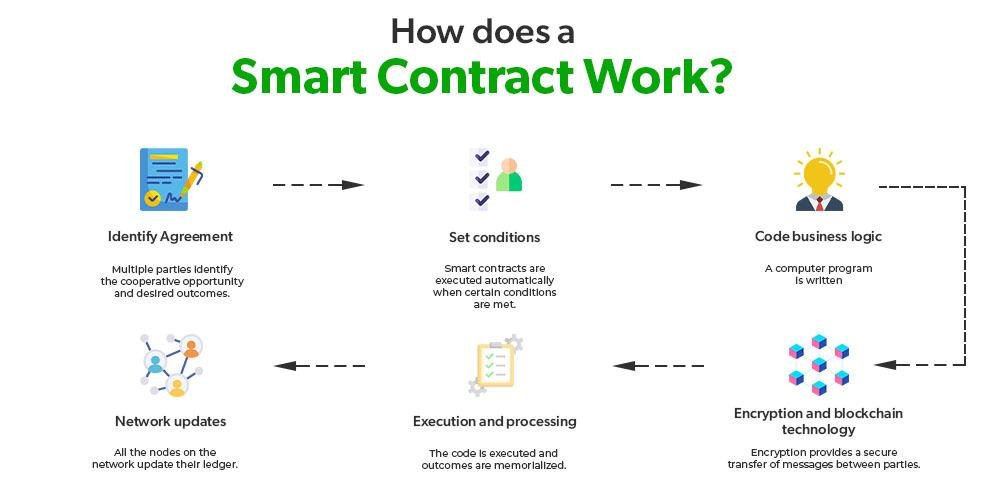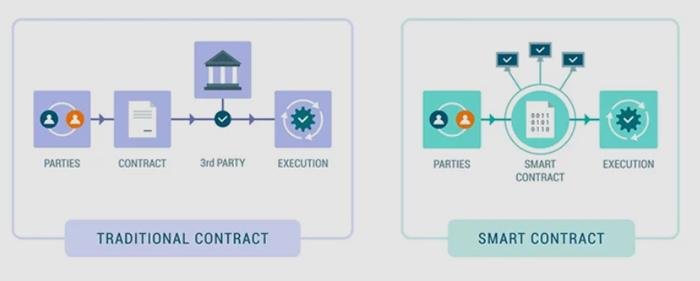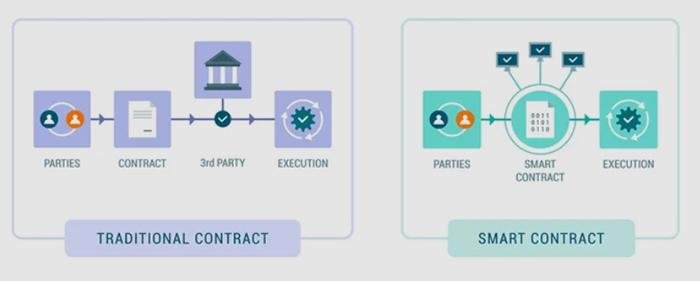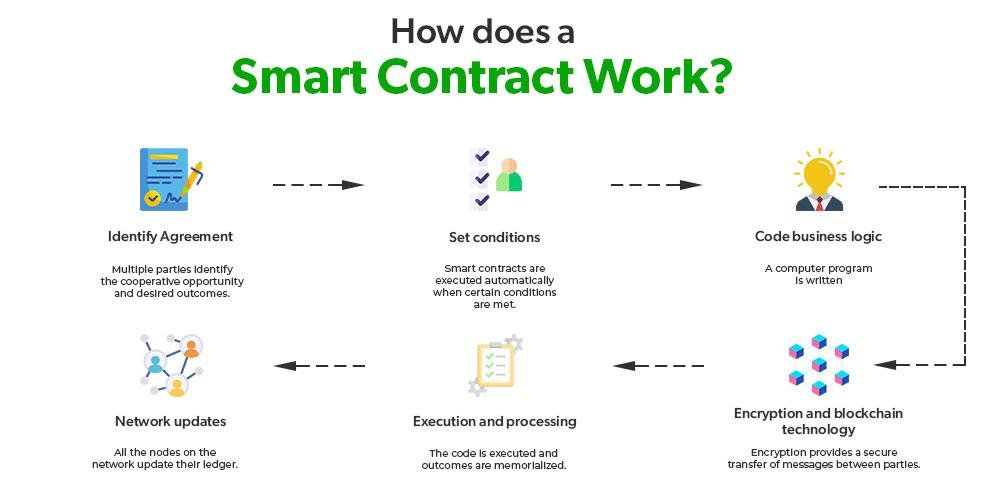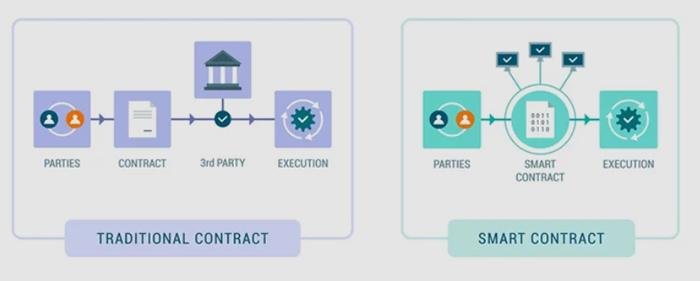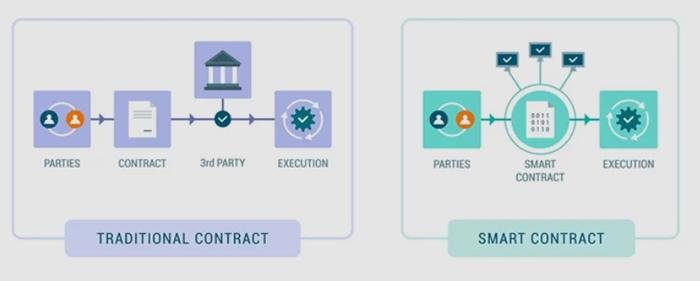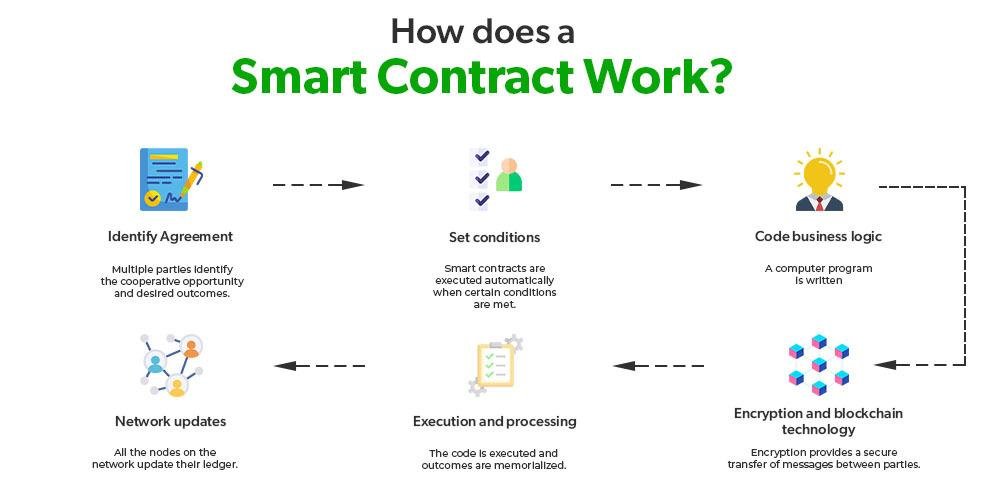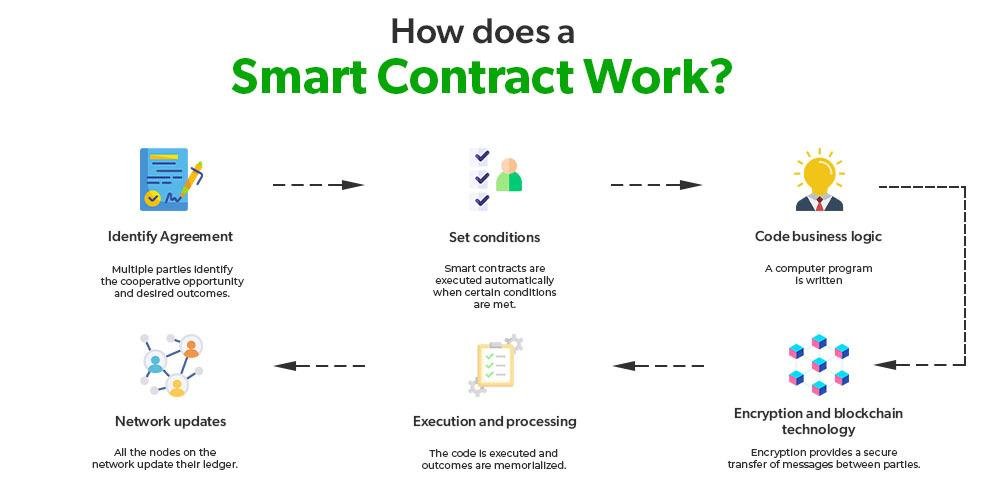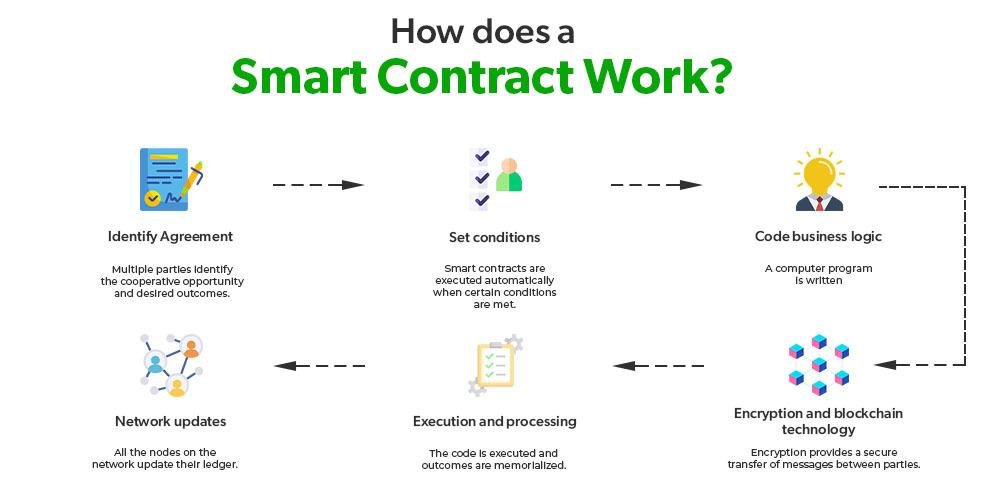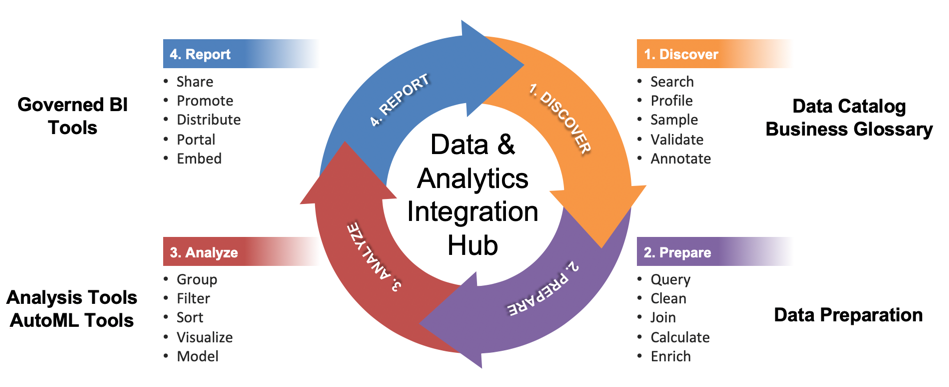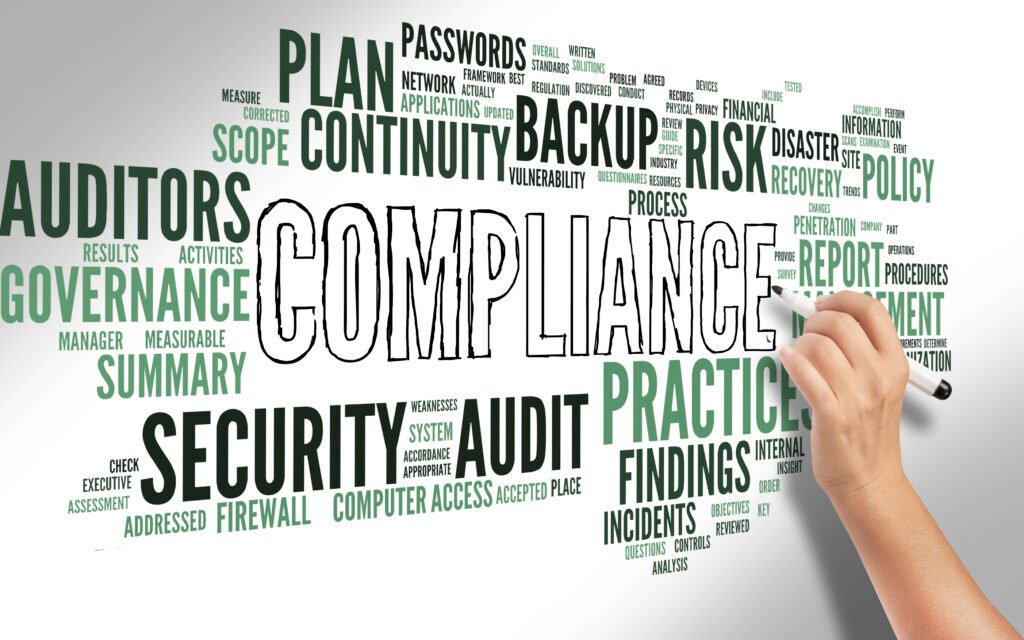The Digital Courtroom: Prospects and Pitfalls
The Digital Courtroom: Prospects and Pitfalls
The integration of technology within the legal sphere has led to the conceptualization of the digital courtroom, a revolutionary concept that promises to transform the way legal proceedings are conducted. By leveraging advanced technologies, the digital courtroom aims to enhance efficiency, accessibility, and transparency within the judicial system. However, this shift towards digitization is not without its challenges and potential pitfalls. This article explores the prospects and pitfalls associated with the advent of the digital courtroom, shedding light on its implications for the future of legal practice.
Understanding the Digital Courtroom
The digital courtroom represents a paradigm shift in the legal landscape, where traditional courtroom proceedings are augmented or entirely replaced by digital technologies. This encompasses the use of electronic filing systems, virtual hearings, digital evidence management, and advanced data analytics tools to streamline the judicial process and facilitate seamless communication between all stakeholders involved in a legal case.
Prospects of the Digital Courtroom
1. Enhanced Accessibility
The digital courtroom has the potential to significantly enhance accessibility to justice by eliminating geographical barriers and enabling remote participation in legal proceedings. This is particularly beneficial for individuals residing in remote areas or those with limited mobility.
2. Improved Efficiency
By digitizing case management and documentation processes, the digital courtroom can streamline administrative tasks, reduce paperwork, and expedite the overall pace of legal proceedings. This can lead to quicker case resolutions and more efficient use of judicial resources.
3. Advanced Data Analysis
Digital courtrooms can leverage advanced data analytics tools to process large volumes of legal data, identify patterns, and provide valuable insights that can inform judicial decision-making and contribute to the development of more informed legal strategies.
Pitfalls of the Digital Courtroom
1. Data Security Concerns
The digitization of court proceedings raises concerns regarding data security and privacy. The handling of sensitive legal information within digital systems requires robust cybersecurity measures to safeguard against potential breaches and unauthorized access.
2. Technological Dependence
The reliance on digital infrastructure within the courtroom introduces a dependence on technology, making the judicial process vulnerable to technical glitches, system failures, and potential disruptions, which could compromise the integrity and efficiency of legal proceedings.
3. Digital Divide
Despite the potential for enhanced accessibility, the digital courtroom may inadvertently widen the digital divide, particularly for individuals and communities with limited access to technology or inadequate digital literacy skills, thereby impeding their ability to fully engage in the legal process.
The Role of Legal Tech in the Digital Courtroom
Legal Tech companies are instrumental in driving the development and implementation of technologies that support the digital courtroom. Companies such as Neota Logic and Kira Systems have pioneered the integration of AI-powered tools and automation solutions that facilitate legal processes, including contract analysis, case management, and regulatory compliance, thereby contributing to the efficiency and effectiveness of the digital courtroom.
Regulatory Challenges and Ethical Considerations
As the digital courtroom continues to evolve, regulatory frameworks and ethical guidelines must be established to address concerns surrounding data privacy, cybersecurity, and the ethical use of technology within the legal system. Striking a balance between technological innovation and the protection of individual rights and legal integrity remains a critical challenge for legal practitioners, policymakers, and technology developers.
Future Implications and Adoption Challenges
The future implications of the digital courtroom are far-reaching, with the potential to revolutionize the legal landscape and redefine the dynamics of legal practice. However, the successful adoption and integration of digital courtroom technologies require a concerted effort to address technological, infrastructural, and educational barriers, ensuring that all stakeholders are equipped with the necessary resources and expertise to navigate the digital paradigm effectively.
Conclusion
The digital courtroom represents a significant step towards a more accessible, efficient, and transparent judicial system. While it presents promising opportunities for the legal industry, the implementation of digital courtroom technologies must be accompanied by robust security measures, comprehensive regulatory frameworks, and an unwavering commitment to uphold ethical standards. By addressing the associated pitfalls and challenges, the legal sector can harness the full potential of the digital courtroom, paving the way for a more equitable and technologically empowered legal landscape.
FAQs (Frequently Asked Questions)
1. What is a digital courtroom?
A digital courtroom refers to the integration of advanced technologies within the legal system to streamline legal proceedings and enhance accessibility and transparency.
2. How does the digital courtroom enhance accessibility to justice?
The digital courtroom eliminates geographical barriers and enables remote participation, thereby providing individuals with increased access to legal proceedings.
3. What are the primary pitfalls associated with the digital courtroom?
Primary pitfalls include data security concerns, technological dependence, and the potential widening of the digital divide within the legal system.
4. What role do Legal Tech companies play in the development of the digital courtroom?
Legal Tech companies develop and implement technologies that support the digital courtroom, including AI-powered tools and automation solutions that enhance legal processes and efficiency.
5. How can the digital courtroom ensure data security and privacy?
The digital courtroom can ensure data security and privacy through the implementation of robust cybersecurity measures, encryption protocols, and stringent access control mechanisms.
6. What regulatory challenges are associated with the implementation of the digital courtroom?
Regulatory challenges include establishing comprehensive frameworks for data protection, privacy, and the ethical use of technology within the legal system.
7. What are the potential future implications of the digital courtroom?
The digital courtroom has the potential to revolutionize the legal landscape, enhancing efficiency, transparency, and accessibility within the judicial system.
8. How can the digital courtroom address the issue of the digital divide?
The digital courtroom can address the digital divide by promoting digital literacy programs and ensuring equitable access to technology and digital resources for all individuals and communities.
9. What educational initiatives are necessary for the successful adoption of the digital courtroom?
Educational initiatives should focus on promoting digital literacy, providing training on the use of digital courtroom technologies, and fostering a comprehensive understanding of legal tech applications within the legal profession.
10. What measures can legal practitioners take to uphold ethical standards in the digital courtroom?
Legal practitioners can uphold ethical standards by adhering to established regulatory guidelines, ensuring transparency in the use of technology, and prioritizing the protection of individual rights and legal integrity within the digital courtroom.












































































































































































































































